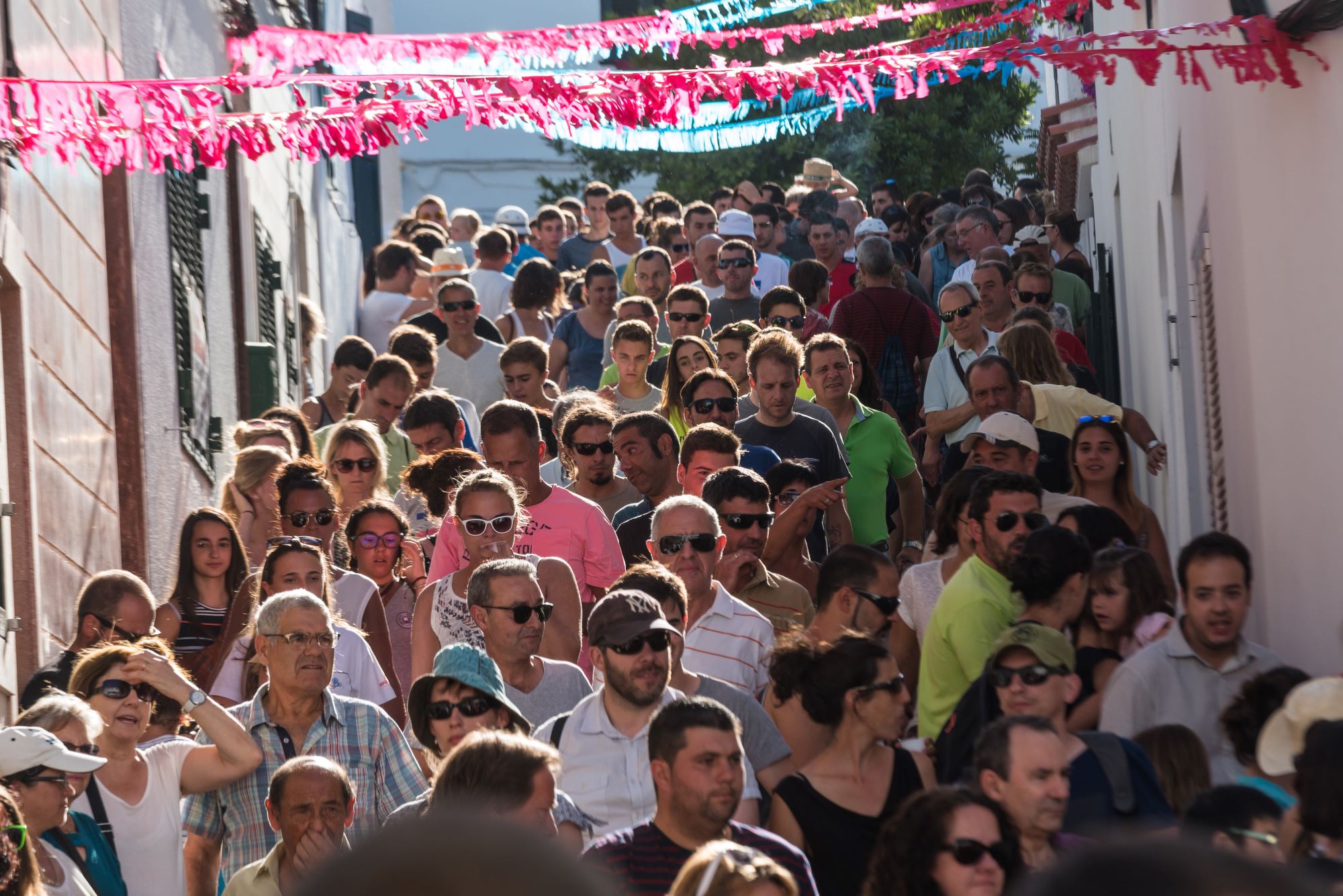Experiencing overtourism: emotions, behavioural intentions, and policy opportunities at crowded destinations
Crowding due to high levels of tourism is a widely discussed problem in the Netherlands, even at small destinations who would like more visitors and envision "overtourism" only as a future problem. However, there is little known about how crowding affects tourists’ spatial-geographic behaviour, their willingness to pay and their willingness to recommend. As relevant knowledge is lacking, it is crucial to gain a better understanding of two things:
- How does crowding influence tourists’ experience?
- What are the behavioural and economic implications of crowding on tourists and destinations, respectively?
To address these questions, we develop research that aims to determine optimal levels of crowding from a tourist experience perspective, and to couple that to tourists’ willingness to pay and recommend for a particular destination. In this project, the focus is solely on the influence of density under ceteris paribus conditions. Furthermore, the focus of this project is on tourists. As a result, there will be different recommendations developed in regards to "optimal" levels of crowding solutions in terms of experience quality, income, and long-term destination strategy.
The project is part of the Data & Development Lab in which CELTH cooperates with NBTC and CBS.
The research has been completed. There is indeed an optimal crowding that tourists like and people are willing to pay for it. Also, tourists are willing to adjust their travel behavior if somewhere becomes too crowded. An overview of the main results in this article.



